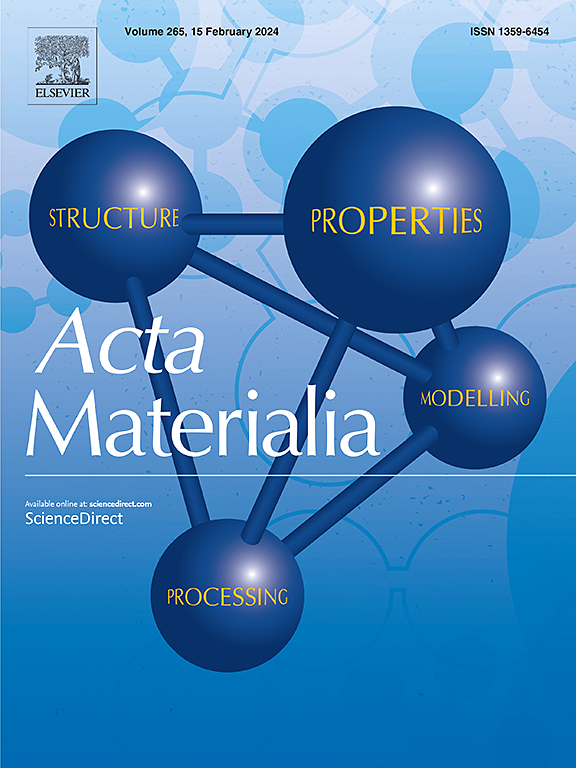Weakening electron-phonon coupling of GeTe by coexistence of cubic/rhombohedral phase via rationally rapid synthesis strategy
IF 9.3
1区 材料科学
Q1 MATERIALS SCIENCE, MULTIDISCIPLINARY
引用次数: 0
Abstract
Thermoelectric materials, which enable direct conversion of heat into electricity, have been widely investigated. Among these materials, GeTe-based compounds show great promise for thermoelectric applications. However, conventional synthesis methods struggle to preserve the high-performance cubic phase (C-GeTe) at room temperature and involve multiple time-consuming and energy-intensive steps such as long-time heating and annealing process. To address this problem, we developed a rapid synthesis strategy combining self-propagating high-temperature synthesis in vacuum-sealed tubes (SHS-V) and spark plasma sintering (SPS). Based on the non-equilibrium reaction process, we successfully realized the coexistence of the high-temperature cubic phase (C-GeTe) and the rhombohedral phase (R-GeTe) at room temperature for the first time, which weakened electron-phonon coupling in R-GeTe. The highly symmetric C-GeTe optimized carrier concentration while enhancing the density-of-states effective mass, significantly improving electrical transport properties. Simultaneously, the phase interfaces and fine grains formed during the rapid preparation process enhanced phonon scattering, reducing the lattice thermal conductivity. Ultimately, a comparable ZT value of 1.24 was achieved at 773 K. Such a rapid synthesis strategy can also be extended to other thermoelectric systems.


通过合理的快速合成策略通过立方/菱形相共存减弱GeTe的电子-声子耦合
热电材料能够将热直接转化为电,已经得到了广泛的研究。在这些材料中,gete基化合物在热电应用方面表现出很大的前景。然而,传统的合成方法难以在室温下保持高性能立方相(C-GeTe),并且涉及多个耗时和能量密集型的步骤,如长时间的加热和退火过程。为了解决这一问题,我们开发了一种结合真空密封管内自传播高温合成(SHS-V)和火花等离子烧结(SPS)的快速合成策略。基于非平衡反应过程,我们首次在室温下成功实现了高温立方相(C-GeTe)和菱形相(R-GeTe)的共存,从而减弱了R-GeTe中的电子-声子耦合。高度对称的C-GeTe优化了载流子浓度,同时提高了态密度有效质量,显著改善了电输运性能。同时,快速制备过程中形成的相界面和细颗粒增强了声子散射,降低了晶格导热系数。最终,在773 K时获得了1.24的ZT值。这种快速合成策略也可以推广到其他热电系统。
本文章由计算机程序翻译,如有差异,请以英文原文为准。
求助全文
约1分钟内获得全文
求助全文
来源期刊

Acta Materialia
工程技术-材料科学:综合
CiteScore
16.10
自引率
8.50%
发文量
801
审稿时长
53 days
期刊介绍:
Acta Materialia serves as a platform for publishing full-length, original papers and commissioned overviews that contribute to a profound understanding of the correlation between the processing, structure, and properties of inorganic materials. The journal seeks papers with high impact potential or those that significantly propel the field forward. The scope includes the atomic and molecular arrangements, chemical and electronic structures, and microstructure of materials, focusing on their mechanical or functional behavior across all length scales, including nanostructures.
 求助内容:
求助内容: 应助结果提醒方式:
应助结果提醒方式:


